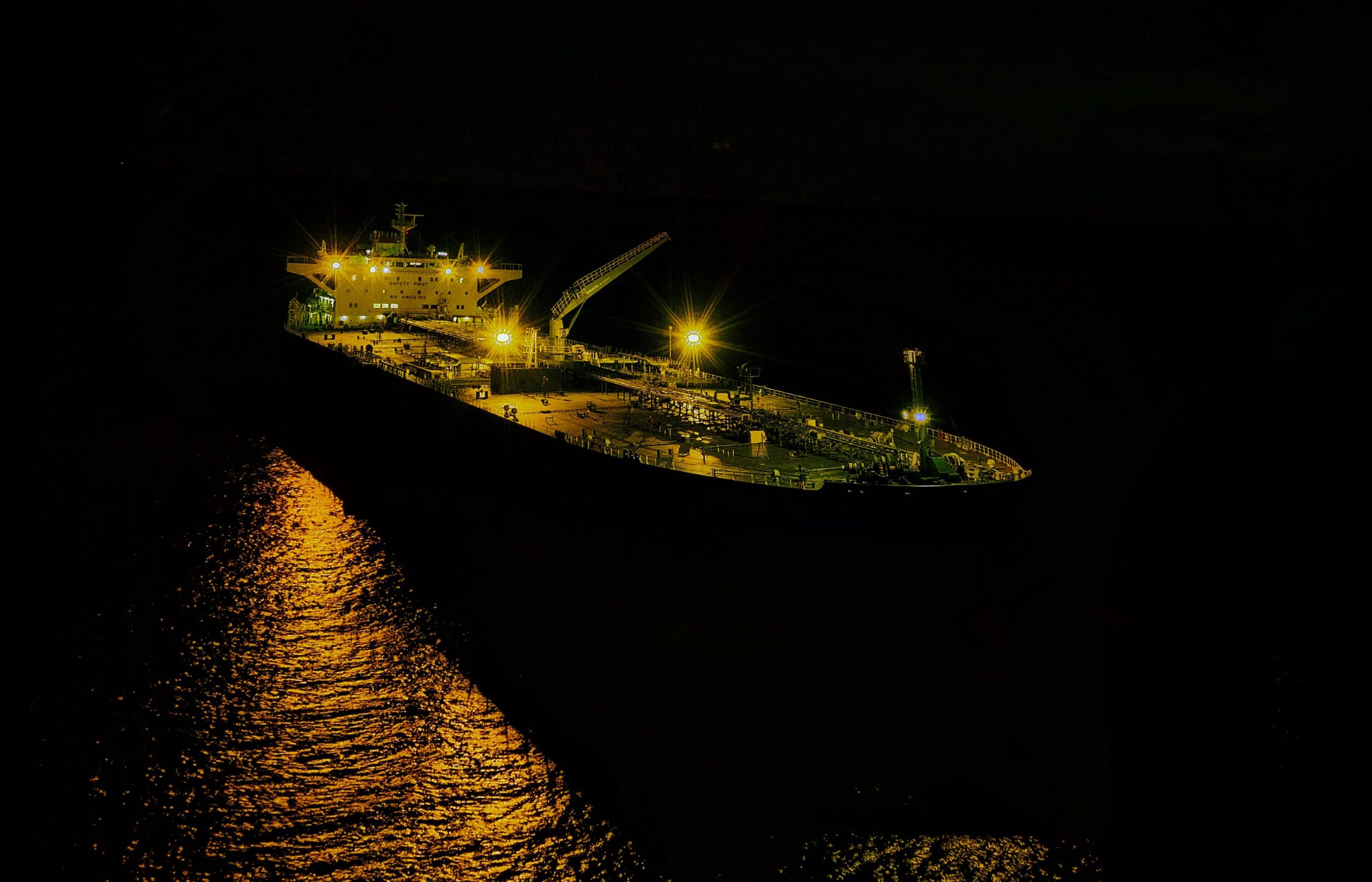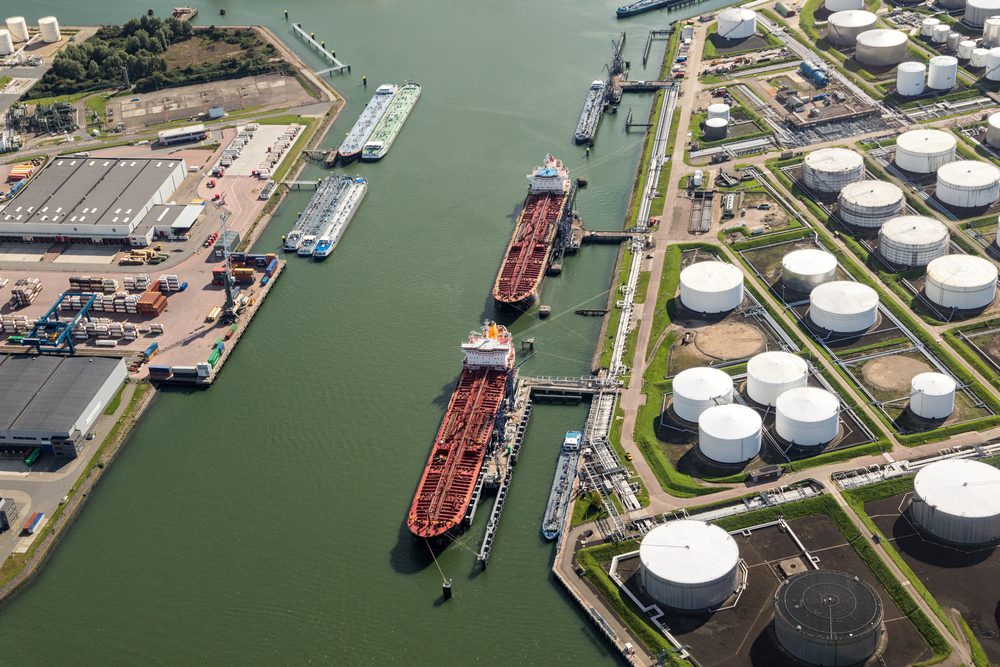By Captain George Livingstone –
What a big week in the maritime world, really big. As most already know, one of the biggest ships in the world has blocked one of the most vital waterways in the world, the Suez Canal. How important is this? Minor? Major? A quick look online resulted in the following news sites with headlines on it; The New York Times, BBC world news, Fox news, USA today, NBC news, The Guardian, Bloomberg, Splash 247, ABC news, Reuters, The Sidney Morning Dispatch, La Monde, etc. The list goes on. This is a major news event.
The Billion-dollar question being asked, how did this happen? What impact does it have on global trade? The ship itself, Ever Given, built in 2018, part of a decade long, world-wide trend of building Ultra Large Container Vessels (ULCV) based on economies of scale. The original idea was to reduce the cost of transporting containerized cargo through physically larger vessels. The more containers, the cheaper the cost of moving them. Not a bad idea, but an idea that certainly called for testing and planning far in advance of any actual construction, right? Although innovative and credible, was the planning and construction of this new class of container ship was pushed through and implemented with too little thought?
There were and are a multitude of considerations. Almost all involving safety, how important would the quality of the steel be in making these giants? The size of them would mean far more flexing in heavy weather, should that be a major consideration? What about container height when stacked? Would the new capacity of stacking containers higher be problematic? Would they topple off these ships in severe weather?
What about port and waterway infrastructure? Could ports and waterways around the world make an easy transition to this new giant ship class? As it turns out, no. Ports and waterways (Panama Canal, etc.) around the world were put into the position of spending billions to upgrade or face the possibility of not having this vital trade. Since most worldwide port infrastructure funding is public, it put the burden on local or national governments even through taxpayer money. All good if it was planned well with the collaboration of maritime partners in the global marine transportation system along with Public and Regulatory input, but was it?
The remarkable thing is that even given everything, the world’s marine transportation systems have, for the most part, been able to incorporate these giant ships safely. That is due in large part, to the men and women who participate in the operations involving ULCV’s, the ship crews, ship pilots, the harbor tug crews, etc. These professionals have been the secret to the success of this class of ship, not the naval architects who designed them or the management teams shoreside, or the top executives in global container shipping lines. The mariners themselves are the primary reason for the success of this class of ship. There are limits, however, to what even the best professionals in marine transportation can accomplish, limits based on things like size.
The Ever Given, built in 2018, is 1312’ long by 194’ wide. Believe it or not, it’s actually not as big as what is on the design blocks for the future. These ships will be so large that we may need a new designation for them, Ultra Ultra Large Container Vessels (UULCV). When fully loaded with containers, the Ever Given weighs in at 240,000 Tons displacement. There can be nearly 50’ of ship below the water and still have an air draft of 150’ above the water.
The challenge in safely handling this class of ship is the combination of weight and area – it’s off the scale – all the more reason kudos are deserved to those operating them. Professional skill, however, cannot overcome physics. There are physical limits to safely handling this class both at sea and in harbors and waterways. Wind, swell size and current are singular factors with this class. In the case of the Ever Given, her wind area is roughly 20,000 sq meters. The largest Clipper ships with full sail out had about 5,000 sq meters of sail out, Ever Given has four times that! An unusual fact with these house-forward container ships is that the more containers loaded (the deeper), the more wind area increases. This is in opposition to conventional logic.
If the Ever Given encountered 30kts of wind on the beam, the resultant force applied would be 270 Tons directly against the ship. The average modern harbor tractor tug can produce 70-80 tons of force at full power. A 30kt beam wind against Ever Given would be equivalent to having 3 harbor tractor tugs pushing against the ship at full power, all while attempting to navigate a narrow channel. It is reported that the ship encountered up to 40kts of wind and poor visibility at the time of the grounding. Even 30 kts would have likely exceeded safety parameters.
It is no surprise, however, when incidents occur at sea, the focus will be on human error, even if there are underlying fundamental flaws in concept or design. Fair or not, the individuals tasked with operating vessels will be under scrutiny and this case will be no different. What to do? Prepare and train. Not to overuse the aviation model but we should be training like aviation. Use simulations to experience and train how to best handle extremis situations on these giant ships. Learn and know the technical aspects involving this class of ship.
There is no excuse for not knowing the forces and physics involved in the safe movement of Ultra Large Ships. The primary way to indemnify against regulatory and public scrutiny is through training. It doesn’t matter that we have significant previous training and experience on other classes of ships. This size requires a renewed look at training.
In hindsight the argument could be made that Ultra Ultra Large Container Vessels (UULCV) would encounter serious issues involving a host of things, loss of containers at sea, groundings and even structural integrity over time due primarily to sheer size.
Was there enough collaborative planning initially exercised with international organizations and maritime professionals’ expert in the operation of ships at sea when this concept was initially being considered? With no ill intent, did the quick push to get this class built and on the ocean trades create a domino effect on safety at sea?
That proverbial horse is, however, out of the gate, but it is not too late to look to safety. Is now not the time to take a long hard look at specific areas of concern with this class, addressing it head on to the best of our collective abilities? I think yes, but there will be limits that must be respected and choices that must be made. The natural consequences of not will result in world headline news.
Captain George Livingstone is a San Francisco Bar Pilot, co-author of ‘Tug Use Offshore’, contributing author of ‘IMPA On Pilotage’ and a regular contributor to gCaptain.
Sign up for our newsletter

 Join The Club
Join The Club











